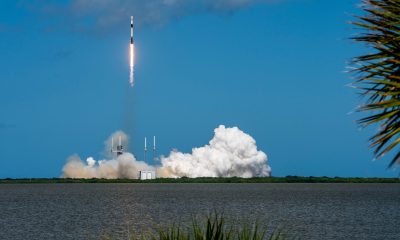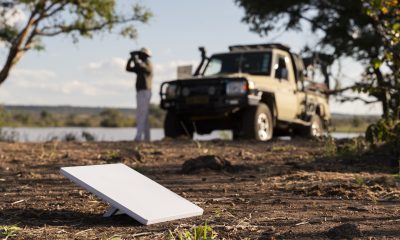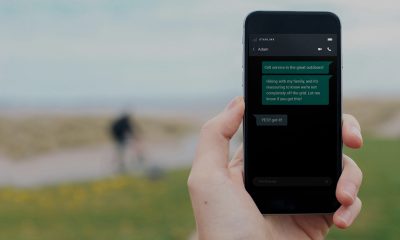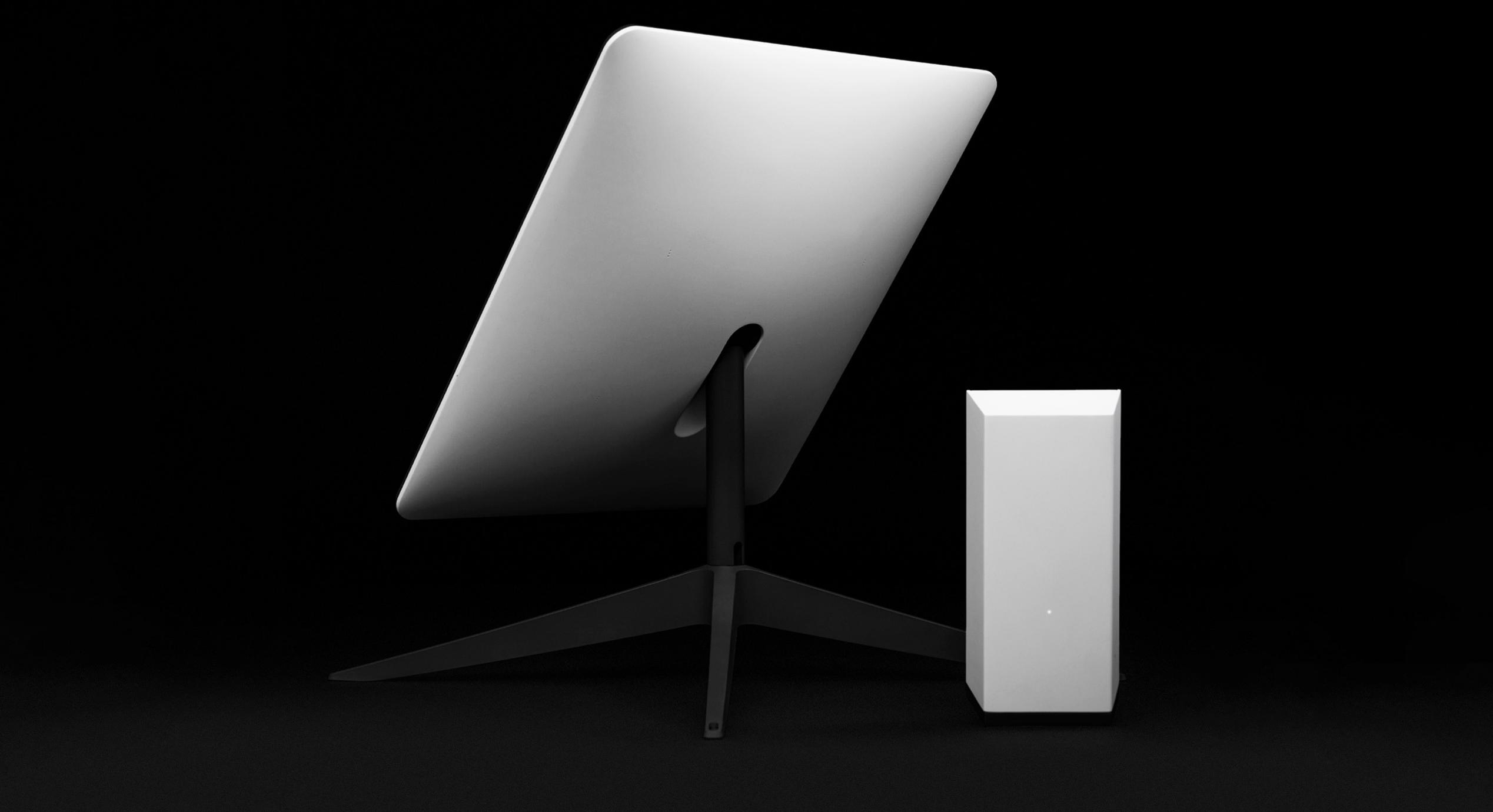
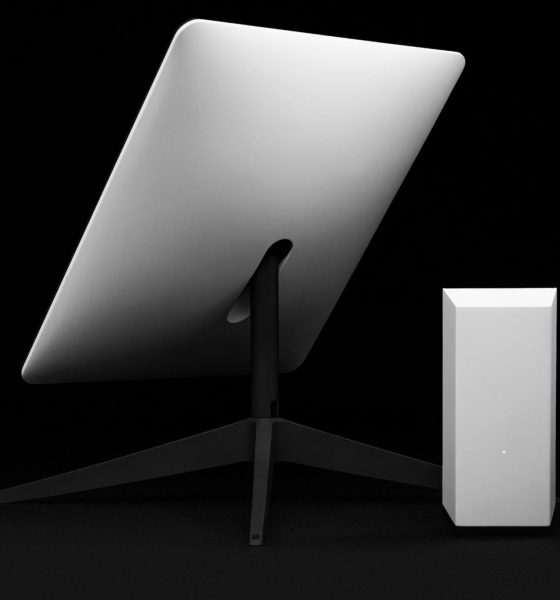
News
FCC reversal $885.5M Starlink award has no lawful basis, commissioner says
A Federal Communications Commission (FCC) commissioner, Brenden Carr, called out the FCC for denying Starlink’s $885.5 million infrastructure award. The FCC said that funding the network of Starlink satellites wouldn’t be the best use of limited broadband subsidies.
FCC Chairwoman, Jessica Rosenworcel said that the technology had real promise but that the FCC couldn’t afford to “subsidize ventures that are not delivering the promised speeds or are not likely to meet program requirements.”
Commissioner Carr highly disagreed with this move and shared his thoughts about it on Twitter. He said that its decision to reverse the $885 million infrastructure award was not only concerning, but done without legal justification. And it would leave rural Americans “waiting on the wrong side of the digital divide.”
The FCC’s 2020 award to Starlink secured a deal for the delivery of high-speed Internet service to 642,925 unserved locations.
But the FCC just vaporized that commitment and replace it with… nothing. That’s a decision to leave families on the wrong side of the digital divide.
— Brendan Carr (@BrendanCarrFCC) August 24, 2022
In his statement, Commissioner Carr said that he was surprised to find out by an FCC press release that reversed the $885.5 million infrastructure award that SpaceX had won in 2020. He said that this move mirrored the agency’s “broader set of missteps by costing taxpayer dollars while leaving rural communities behind.”
Commissioner Carr wrote,
“As an initial matter, this is a very curious outcome because the reasons the agency offers for backtracking on this infrastructure decision do not withstand even casual scrutiny. Indeed, the reversal constitutes clear error and plainly exceeds agency authority.”
“First, the FCC’s announcement claims that the agency is acting to ‘avoid extensive delays in providing the needed service to rural areas.’ Yet, that is exactly the outcome that this decision ensures. The FCC’s 2020 award to Starlink secured a commitment for the delivery of high-speed internet service to 642,925 unserved rural homes and businesses across 35 states. By reversing course, the FCC has just chosen to vaporize that commitment and replace it with…nothing. That’s a decision to leave families waiting on the wrong side of the digital divide when we have the technology to get them high-speed service today.”
Commissioner Carr also said that the agency’s excuse that Starlink’s technology is “risky” and “still developing, has no bearing. He noted that the FCC’s own speed testing data shows that Starlink’s speed has “increased significantly year over year.”
He further called the skepticism that the FCC showed “odd” since it is in “direct conflict with the confidence expressed by the other components of the federal government–including the Air Force, which just inked a nearly $2 million deal with Starlink to deliver high-speed Internet service to military bases.”
The FCC criticized Starlink’s pricing and Commissioner Carr also brought this up. “The agency cites Starlink’s price point in denying it this universal service award. Yet right now, the FCC is providing universal service awards for far slower internet services that cost consumers far more.”
Residents in Napakiak, Alaska, the Commissioner said, are paying hundreds of dollars every month for services supported by the FCC’s universal service awards that deliver “speeds less than 1/10th of Starlink’s.”
Commissioner Carr also said that the denial was without a lawful basis since “the 2020 Commission-level decision governing the Starlink award and similar awards did not authorize staff to deny a winning bid based on equipment price point considerations–let alone based on an arbitrary one selectively applied to one winner. As such, the denial here is without a lawful basis.”
Commissioner Carr is also concerned that the FCC’s decision will hurt taxpayers.
Your feedback is important. If you have any comments, or concerns, or see a typo, you can email me at johnna@teslarati.com. You can also reach me on Twitter @JohnnaCrider1
Elon Musk
Norway’s $2 trillion sovereign wealth fund votes against Elon Musk’s 2025 performance award
The fund is managed by Norges Bank Investment Management (NBIM), and it holds a 1.14% stake in Tesla valued at about $11.6 billion.

Norway’s $2 trillion sovereign wealth fund has voted against Elon Musk’s 2025 performance award, which will be ultimately decided at Tesla’s upcoming annual shareholder meeting.
The fund is managed by Norges Bank Investment Management (NBIM), and it holds a 1.14% stake in Tesla valued at about $11.6 billion.
NBIM’s opposition
NBIM confirmed it had already cast its vote against Musk’s pay package, citing concerns over its total size, dilution, and lack of mitigation of key person risk, as noted in a CNBC report. The fund acknowledged Musk’s leadership of the EV maker, and it stated that it will continue to seek dialogue with Tesla about its concerns.
“While we appreciate the significant value created under Mr. Musk’s visionary role, we are concerned about the total size of the award, dilution, and lack of mitigation of key person risk- consistent with our views on executive compensation. We will continue to seek constructive dialogue with Tesla on this and other topics,” NBIM noted.
The upcoming Tesla annual shareholder meeting will decide whether Musk should receive his proposed 2025 performance award, which would grant him large stock options over the next decade if Tesla hits several ambitious milestones, such as a market cap of $8.5 trillion. The 2025 performance award will also increase Musk’s stake in Tesla to 25%.
Elon Musk and NBIM
Elon Musk’s proposed 2025 CEO performance award has proven polarizing, with large investors split on whether the executive should be given a pay package that, if fully completed, would make him a trillionaire.
Institutional Shareholder Services and Glass Lewis have recommended that shareholders vote against the deal, and initiatives such as the “Take Back Tesla” campaign have rallied investors to oppose the proposed performance award. On the other hand, other large investors such as ARK Invest and the State Board of Administration of Florida (SBA) have urged shareholders to approve the compensation plan.
Interestingly enough, this is not the first time that Musk and NBIM have found themselves on opposing sides. Last year, NBIM voted against reinstating Musk’s 2018 performance award, which had already been fully accomplished but was rescinded by a Delaware judge.
Later reports shared text messages between Musk and NBIM Chief Executive Nicolai Tangen, who was inviting the CEO to a dinner in Oslo. Musk declined the invitation, writing, “When I ask you for a favor, which I very rarely do, and you decline, then you should not ask me for one until you’ve done something to make amends. Friends are as friends do.”
Elon Musk
Tesla begins production of new Model Y trim at Giga Berlin
Tesla announced on Monday that its Model Y Standard configuration was officially being built at Giga Berlin, less than one month after the company officially announced the configuration early last month.
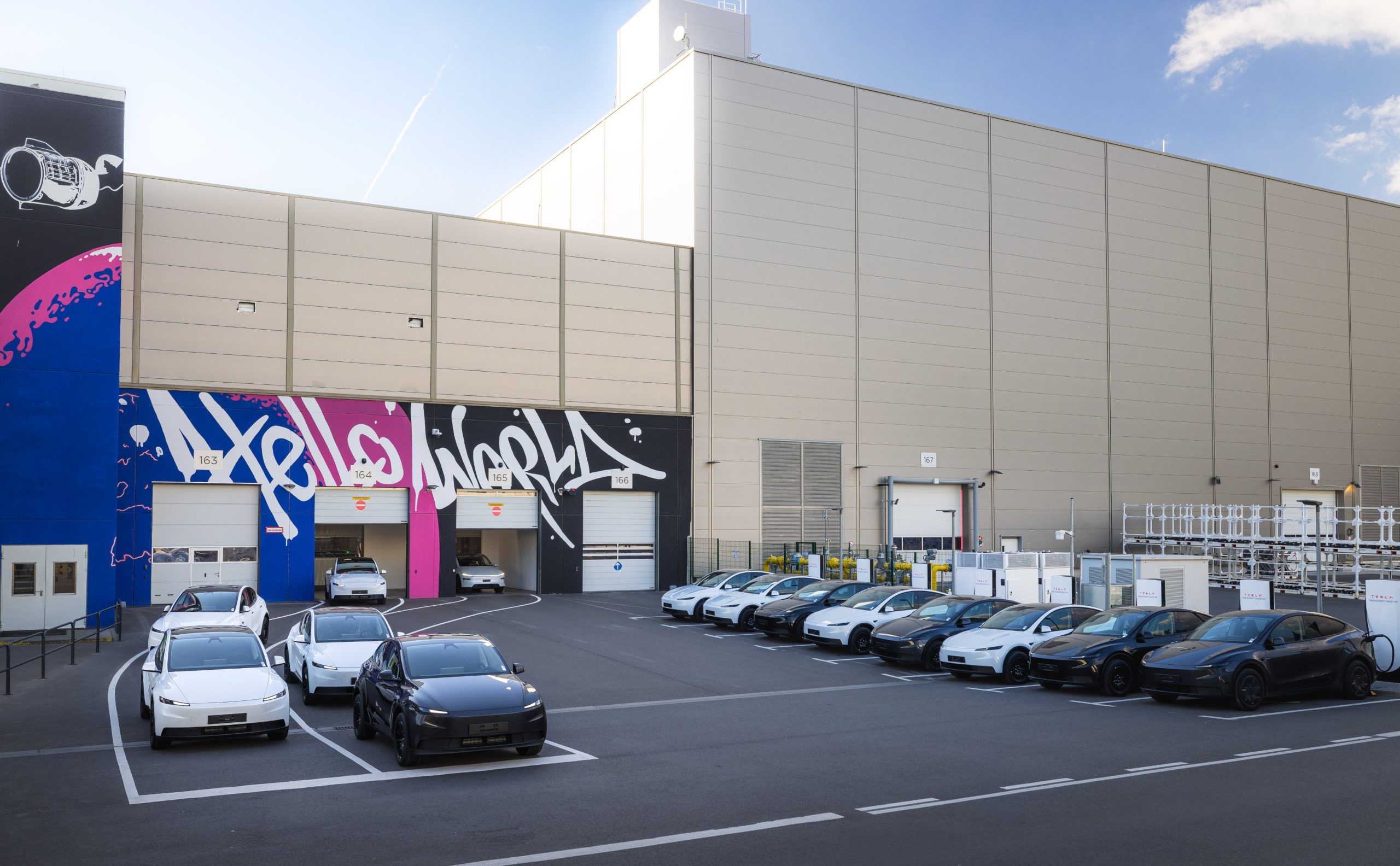
Tesla has begun production of the new Model Y trim at Gigafactory Berlin, the company’s production plant in Germany.
Tesla announced on Monday that its Model Y Standard configuration was officially being built at Giga Berlin, less than one month after the company officially announced the configuration early last month.
On October 7, Tesla announced the launch of the Model 3 and Model Y Standard trim levels, its answer to the call for affordable EVs within its lineup and its response to the loss of the $7,500 electric vehicle tax credit.
On October 3, Tesla started production of the vehicles in Germany:
Model Y Standard says „Hello World“ – Production at Giga Berlin has started today! pic.twitter.com/p37JIfJDIB
— Tesla Manufacturing (@gigafactories) November 3, 2025
The Standard iteration of the Model Y is void of many of the more premium features that are available in the Rear-Wheel-Drive, All-Wheel-Drive, and Performance trims of the vehicle are equipped with.
A few of the features of the Model Y Standard are:
- Single Motor configuration
- No rear touchscreen
- Textile seats with vegan leather, instead of all vegan leather
- 320-mile range
- No glass roof
The launch of the Model Y Standard was truly a move to help Tesla get vehicles into the sub-$40,000 price point, and although many consumers were hoping to see the company get closer to $30,000 with these cars, this is a great starting point.
Deliveries in the United States have already started, and it seems it will be a vehicle that will do one of two things: either push some consumers to finally make the jump to Tesla, or it will give car buyers another reason to buy the Premium trims, as they may feel the lack of features is not a good enough deal.
This is something we saw with the Cybertruck’s Rear-Wheel-Drive configuration, which launched last year and ended up being more of the latter option listed above.
The Tesla Model Y Standard is actually a great deal in Europe
It was only a $10,000 discount from the All-Wheel-Drive Cybertruck, but it also did not have adaptive air suspension, premium interiors, or the powered tonneau cover, which many people felt was too much of a sacrifice.
The Rear-Wheel-Drive Cybertruck was discontinued only a few months later.
It does not seem as if this is the case with the Model Y Standard, which already seems to be an attractive option to some buyers.
Cybertruck
Tesla begins wide rollout of Full Self-Driving v14 to Cybertruck
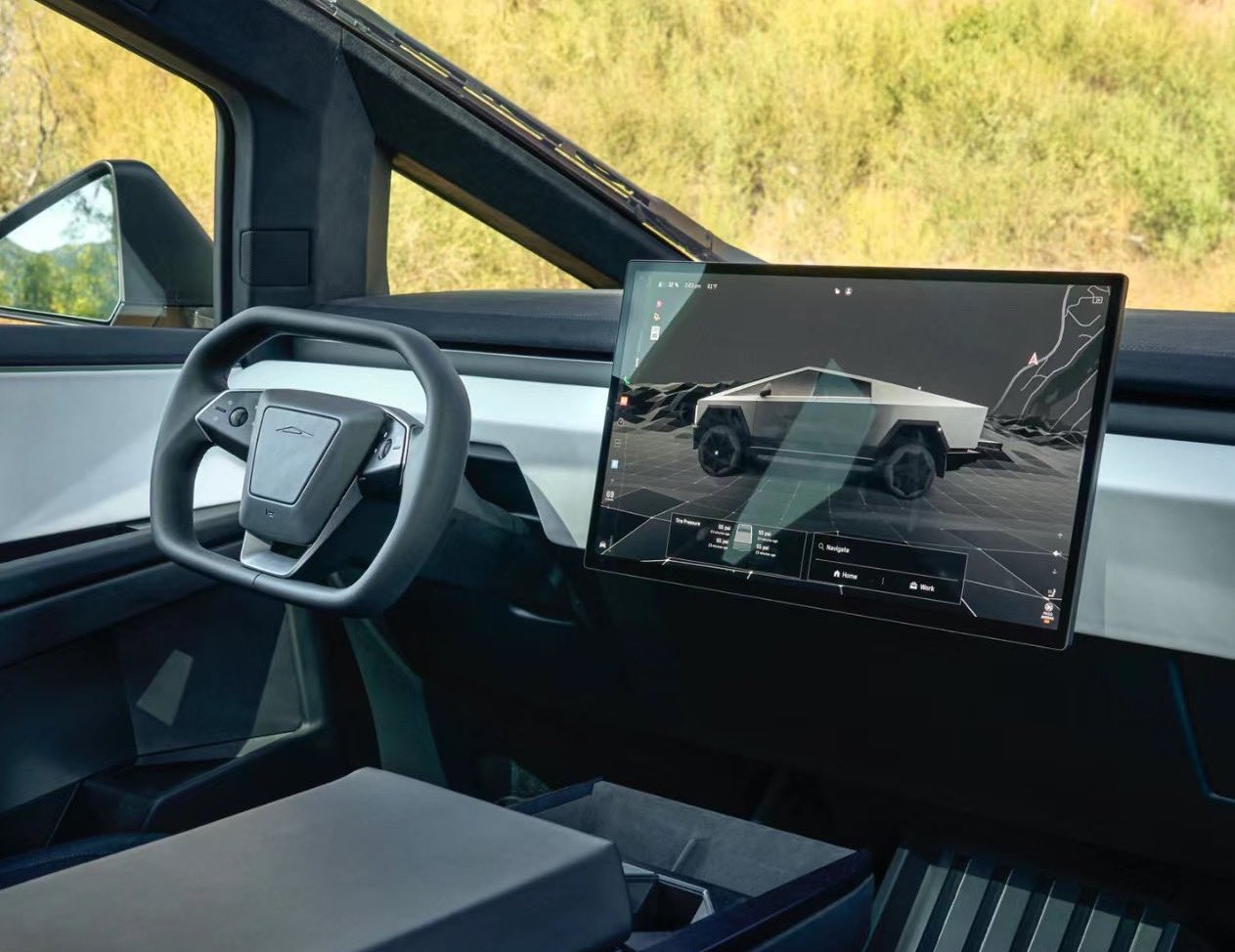
Tesla has officially begun the wide rollout of Full Self-Driving (Supervised) v14 to the Cybertruck about a month after the company started rolling it out to other vehicles in the fleet.
On Monday, Tesla officially started rolling out v14.1.5 to Cybertruck owners, the first FSD v14 rollout for owners of the all-electric pickup.
Owners have been anxiously waiting for Tesla to begin the wide release of v14 to Cybertruck, as the company said it would refine the suite for the vehicle.
Tesla has finally started rolling out to many owners, who are reporting that their Cybertrucks are downloading Software Update 2025.38.8.5, which contains FSD v14.1.5:
Tesla Self-Driving 14.1.5 for Cybertruck rolling out now! Too bad I just left for Austin. pic.twitter.com/WdxvEaK6ma
— Whole Mars Catalog (@WholeMarsBlog) November 3, 2025
So look what I just got on my @cybertruck ! FSD v14.1.5
Believe it or not @teslascope reported it about 5 minutes before it was visible on my app. That new API must be cooking! pic.twitter.com/GIiQrss4q5
— Chuck Cook (@chazman) November 3, 2025
Can confirm – arrived last night 🤝 https://t.co/0knxMK1Gfx pic.twitter.com/rqtU41pRaF
— Wes (@wmorrill3) November 3, 2025
Tesla has to be more cautious with rolling out FSD on the Cybertruck than on other vehicles for a few reasons. Initially, the Cybertruck utilizes an all-wheel steering system that turns differently than the S3XY lineup. This creates a challenge for the Tesla AI team as they have to cater to this specific maneuvering change.
Additionally, the Cybertruck is much larger, and the exterior cameras responsible for seeing the vehicle’s surroundings are placed differently than those of the other vehicles.
This requires additional calibration to ensure safety.
The full release notes for Full Self-Driving v14.1.5 are as follows:
- Added Arrival Options for you to select where FSD should park: in a Parking Lot, on the Street, in a Driveway, in a Parking Garage, or at the Curbside.
- Added handling to pull over or yield for emergency vehicles (e.g. police cars, fire trucks, ambulances).
- Added navigation and routing into the vision-based neural network for real-time handling of blocked roads and detours.
- Added additional Speed Profile to further customize driving style preference.
- Improved handling for static and dynamic gates.
- Improved offsetting for road debris (e.g. tires, tree branches, boxes).
- Improve handling of several scenarios including: unprotected turns, lane changes, vehicle cut-ins, and school buses.
- Improved FSD’s ability to manage system faults and recover smoothly from degraded operation for enhanced reliability.
- Added alerting for residue build-up on interior windshield that may impact front camera visibility. If affected, visit Service for cleaning!
Tesla Full Self-Driving v14 release notes for Cybertruck pic.twitter.com/fiMnjjTCY9
— TESLARATI (@Teslarati) November 3, 2025
-
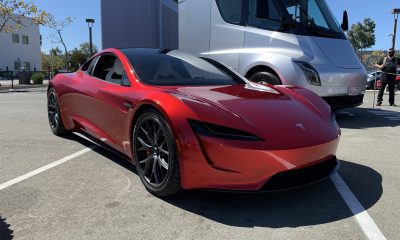
 News2 weeks ago
News2 weeks agoTesla updates fans on its plans for the Roadster
-
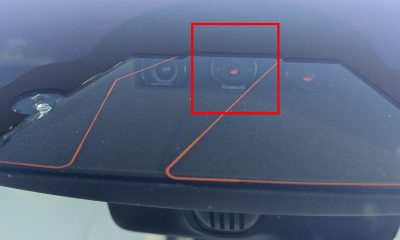
 News2 weeks ago
News2 weeks agoTesla rolled out a new feature with FSD v14 to fix a major complaint
-

 Elon Musk2 weeks ago
Elon Musk2 weeks agoElon Musk hits back at former Tesla employee who disagrees with pay package
-
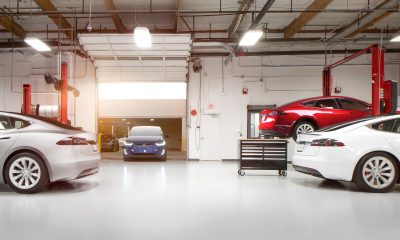
 News2 weeks ago
News2 weeks agoTesla just made Service even easier and more convenient
-

 News2 weeks ago
News2 weeks agoTesla Full Self-Driving’s new version officially gets a wider rollout
-
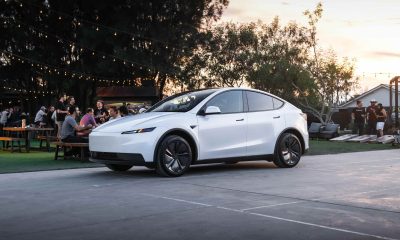
 News2 weeks ago
News2 weeks agoTesla makes crazy move to spur short-term demand in the U.S.
-
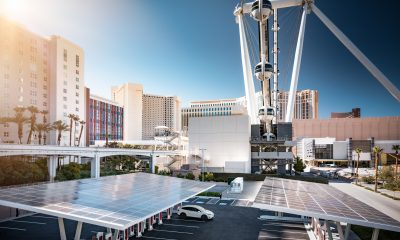
 News2 weeks ago
News2 weeks agoTesla rivals are lagging behind alarmingly in this crucial EV necessity
-
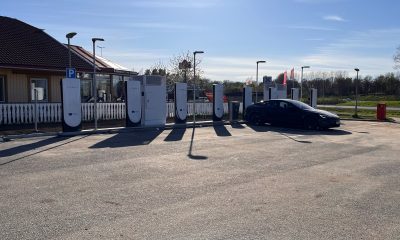
 News2 weeks ago
News2 weeks agoTesla Sweden faced with fresh strike from elevator company




